Recovery period after the surgeries and injuries covers possible major problems for the patient, patient owner and veterinarian. In this period, the wound should be protected from the patient itself and other external factors. It is the primary ethical responsibility of veterinarians to ensure that the recovery period is comfortable and uncomplicated as far as possible.
Incorrect management of the process causes serious metabolic and psychological health problems for the patient. Frequently, the time for recovery and return to normal life prolongs and leaves persistent marks on the patient’s body and spirit.
Prolonged recovery period is the cause of unnecessary leaves, stress, fatigue and extra costs for the patient owners who feel the pain and suffering of their friends in their own heart.Incorrectly managed processes is loss of prestige for the veterinarians and also sometimes, it is the legal-conscientious responsibility for losing their patients.
For all these reasons; different techniques have been developed to prevent the patient from damaging the wound after operations till today. In order not to open the wound line larger than normal during the operations, the veterinarians have to perform even the difficult operations from very small areas. Instead of the classical sutures after surgery, they developed different suturing techniques that would be difficult for the patient to detach. However, all these techniques require professional experience and hand skill. Patient or the Patient Owner may not always meet with experienced veterinarians having qualified hand skills.
Apart from them, the patient cannot be usually delivered to his/her owner at the end of 24-48 hours, which is the critical observation period. They have to complete the recovery process at the clinic instead of being at home.
On the other hand, in the operations with longer recovery periods, classical methods are used, which trigger the feelings of depression and anxiety and causes serious discomfort and suffering for the patients and impairs their life comfort completely.
Conventional suits/onesies which are sold under different names like “surgical bodysuit for dogs ,surgical recovery suit, surgical cat suit,surgical shirt for cats,cat recovery onesie” are not functional.
WinPet MedVest is crafted from a specialized technical fabric infused with nanotechnological features. WinPet MedVest primary emphasis is on providing comfort while effectively addressing the medical needs of pets.
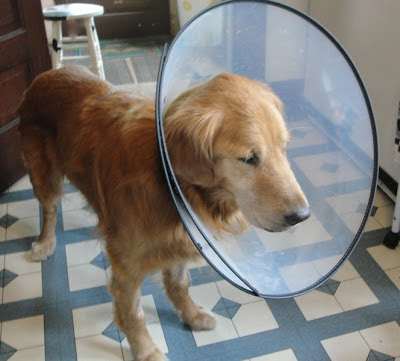
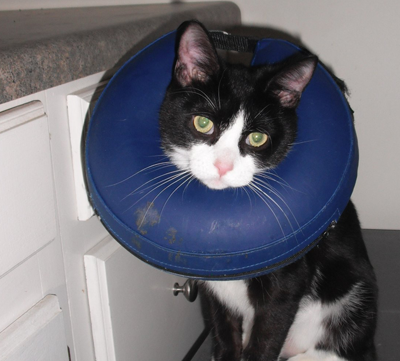
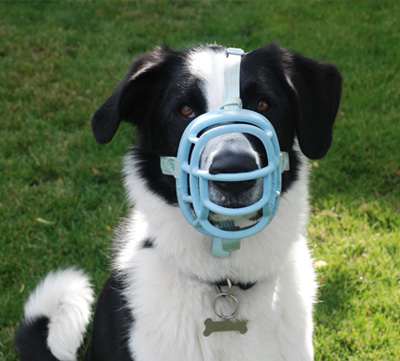
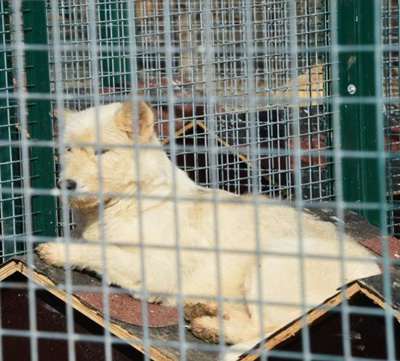
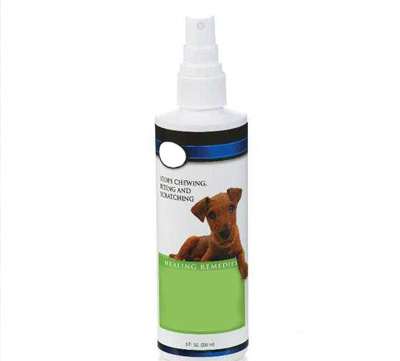
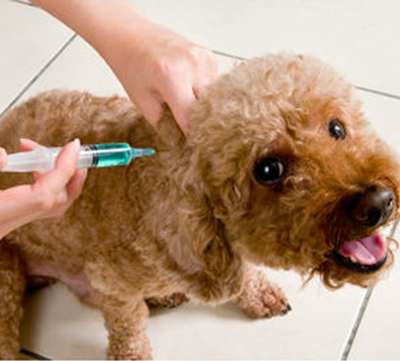
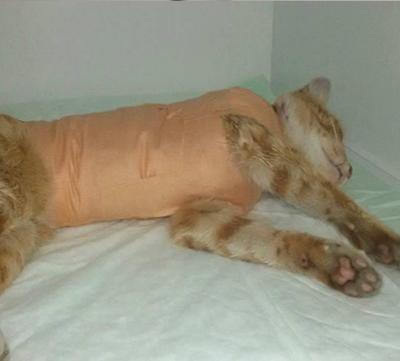
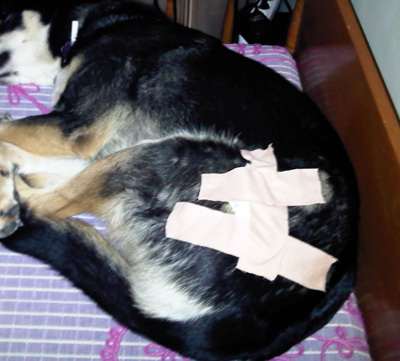
View this profile on InstagramWinPet Medikal (@winpetinternational) • Instagram photos and videos
© Copyright WinPet 2024. All Right Reserved